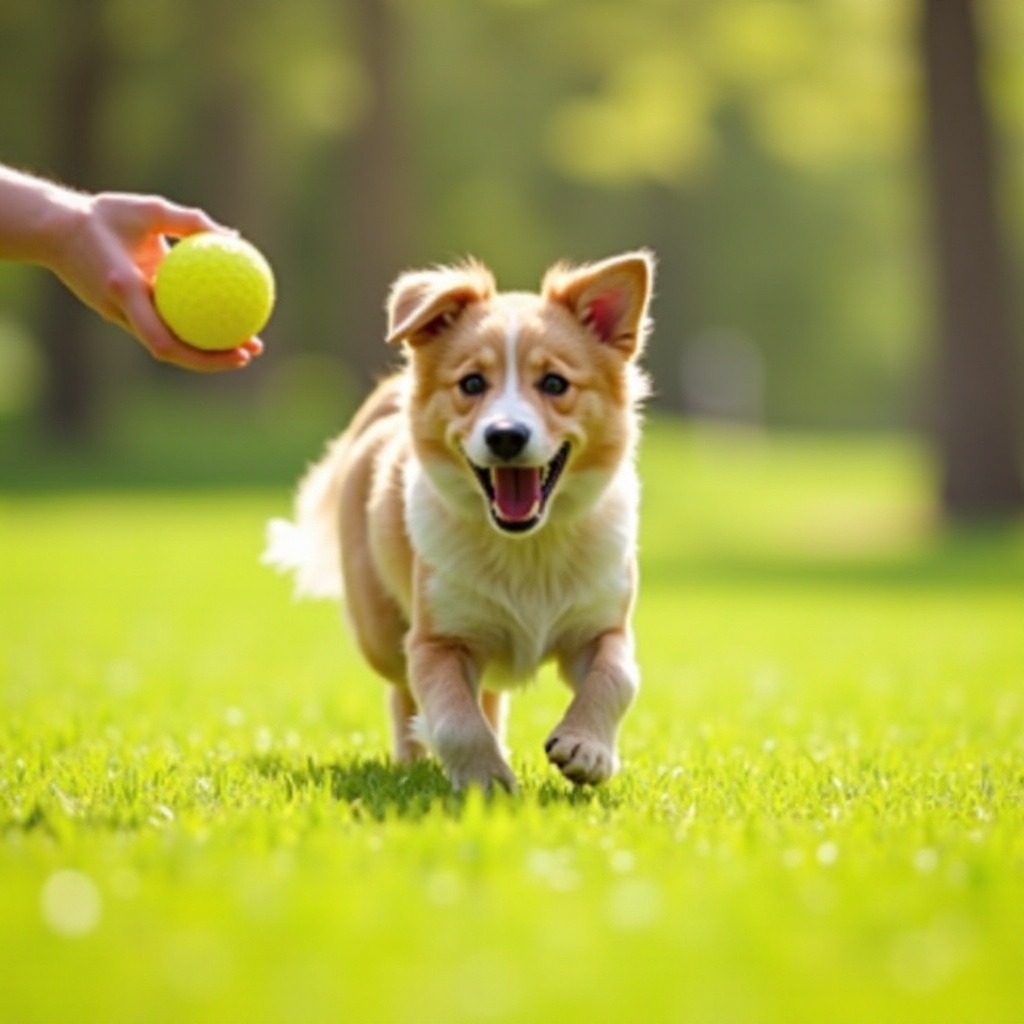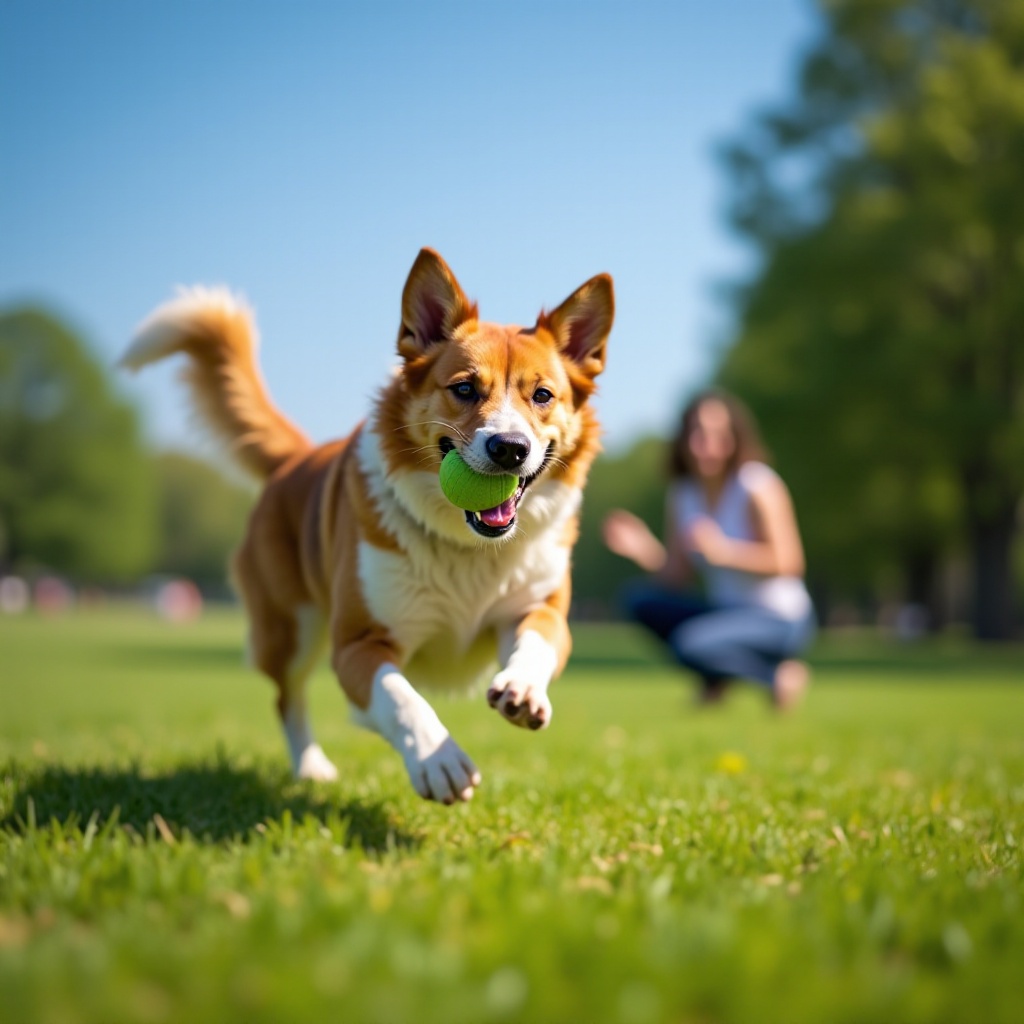Introduction
Teaching your dog to bring the ball back can be an enjoyable and rewarding experience for both you and your canine companion. Fetch is not only a fun game but also a great way to keep your dog physically active and mentally stimulated. In this detailed guide, you will find step-by-step instructions to help you train your dog to fetch and return the ball. Whether you’re just starting or looking to refine your dog’s skills, this guide has you covered.

Preparing for the Training
Before diving into the training process, it’s important to prepare properly. The right preparation sets the foundation for successful training sessions.
Gather the Right Equipment
You’ll need a few key items:
– A durable, dog-friendly ball that your pet can easily carry.
– Treats for positive reinforcement.
– A clicker if you use clicker training.
Establish a Training Routine
Set aside short, regular training sessions. Consistency is key, so plan to practice at the same time each day. Choose a quiet environment free from distractions to help your dog focus.
Once you have the necessary items and a set routine, you’re ready to start teaching your dog the basics of fetch.

Basic Fetch Techniques
Teaching the ‘Hold’ Command
- Start by getting your dog to sit.
- Show the ball and encourage your dog to take it in their mouth.
- As soon as your dog holds the ball, praise and reward them with a treat.
- Repeat this several times, gradually introducing the command ‘Hold’ when they grasp the ball.
Introducing the ‘Fetch’ Command
- Stand a few feet away from your dog and throw the ball a short distance.
- Encourage your dog to retrieve the ball.
- Use the ‘Fetch’ command as your dog goes after the ball.
- Once they pick it up, praise and give them a treat.
Teaching the ‘Come’ Command
- Once your dog fetches the ball, call them to come back.
- Use a happy, enthusiastic tone and say ‘Come’.
- Reward your dog when they return with the ball.
Combining Commands
Combine the ‘Fetch’ and ‘Come’ commands to create a full fetch sequence. Initially, keep the distances short, gradually increasing them as your dog becomes more confident. Consistency and patience are crucial at this stage. Your dog may not grasp the sequence immediately, but with persistent practice, they will start to understand.
Overcoming Common Challenges
Dog Chases but Doesn’t Retrieve
Some dogs love to chase the ball but lose interest in bringing it back. This behavior can be frustrating, but there are effective strategies to address it.
- Use High-Value Treats: Offer treats that your dog finds irresistible.
- Play with Two Balls: Throw the second ball when your dog doesn’t bring the first one back. This often motivates them to return to you.
- Use Tease Techniques: Act as if you’re having more fun with the ball than they are, encouraging them to join the play.
Dog Drops the Ball Early
Dogs sometimes drop the ball before returning it to their owner. To counter this:
- Use a Long Leash: This helps guide your dog back to you.
- Walk Away: When your dog drops the ball, walk in the opposite direction. They will likely pick the ball up and follow you.
Dog Shows Disinterest in Fetch
Not all dogs are innately fetch enthusiasts. If your dog seems disinterested, try the following:
- Short, Energetic Sessions: Keep the fetch sessions short and engaging.
- Fetch-Friendly Toys: Experiment with different toys that might stimulate your dog’s interest.
With some creativity and persistence, you can overcome these common fetch training hurdles.
Advanced Fetch Training
Once your dog masters the basics, you can introduce more advanced fetch techniques to keep them challenged and engaged.
Distance Fetch
Gradually increase the distance of your throws. Start by adding just a few feet at a time. Reward your dog when they successfully fetch and return the ball over the longer distances.
Fetch in Different Environments
Introduce your dog to fetching in various environments. This could include parks, beaches, or even urban areas. The new surroundings will add an additional challenge and excitement for your dog.
Fetch with Obstacles
Add obstacles like cones or small jumps to your fetch game. Guide your dog to fetch and navigate through or over these obstacles. This not only makes the game more interesting but also enhances your dog’s agility and intelligence.
By incorporating these advanced techniques, you can ensure that your dog remains engaged and continuously challenged by the fetch training.
Maintaining Fetch Skills
Once your dog has mastered fetch, it’s important to maintain their skills.
Regular Practice
Continue to play fetch regularly. Keeping the practice sessions consistent will ensure that your dog retains their skills and remains motivated.
Mix Up the Rewards
Variety in rewards can keep the fetch game exciting. Alternate between treats, praise, and play. This varying reinforcement helps maintain enthusiasm in your dog.
Adjust the Game
Stay flexible with the game. Introduce new challenges or variations to the fetch routine. This keeps the activity stimulating and enjoyable for your dog.
Regular maintenance is crucial in ensuring that your dog’s fetch skills stay sharp and their interest remains piqued.

Conclusion
Teaching your dog to bring the ball back can be a fulfilling experience, offering benefits that extend beyond just physical exercise. Through consistent training, practice, and patience, you can help your furry friend master this enjoyable game. Happy fetching!
Frequently Asked Questions
Why is my dog not bringing the ball back?
There could be several reasons: – Lack of understanding: Ensure you have clearly taught the basic commands. – Low motivation: Use high-value treats or toys. – Distractions: Train in a quiet area free from interruptions.
How long does it take to train a dog to fetch?
Training duration varies. Some dogs learn in a few weeks, while others may take a few months. Consistent and regular practice can expedite the process.
Can older dogs learn to fetch?
Absolutely! Older dogs can learn new tricks, including fetch. It might take slightly more patience, but with the right positive reinforcement and consistency, they can enjoy the game just as much as younger pups.
